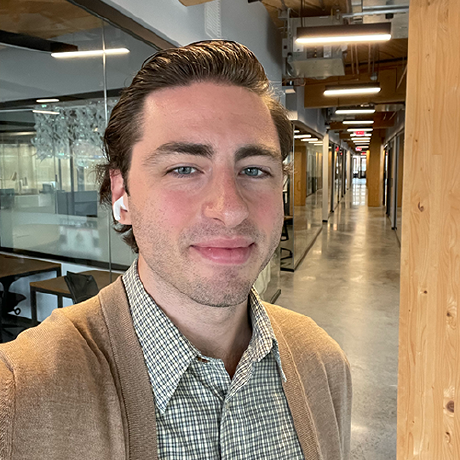Start your App Builder Journey
Welcome! Here you'll learn what systems you need to access, how to access them, and how to configure your local environment.
Access and Credentials
First, ensure you have access to App Builder either via trial (AEM Headless trial which includes App Builder) or having purchased a license.
Next, confirm access to the following services:
Adobe Developer Console (required)
- Adobe Developer Console gives you access to APIs, SDKs and developer tools. You will set up your credentials using the Developer Console.
- note: You need a developer or system admin role for your Adobe Experience Cloud IMS organization.
Adobe Experience Cloud IMS Organization (required)
Copied to your clipboard- App Builder access is provided via an Adobe Experience Cloud IMS Org. If you are using the trial you should use the IMS org you requested or that was assigned to you. If you have a license for App Builder, then the IMS org was selected by the person who purchsed it for your company.- If you do not have access to an organization:- _Customers: Please contact your account manager for access._- _Partners: Please contact your partner manager or request sandbox access via [Adobe Solution Partner Portal](https://solutionpartners.adobe.com/home.html)._
- A GitHub Account (optional)
- A GitHub account is optional, but highly recommended, for setting up your CI/CD workflow.
Local Environment Set Up
Required Tools
Please ensure you have these tools:
- NodeJS Version 18-20 (odd versions are not recommended). It should also install npm together. We recommend using nvm to manage NodeJS installation and versions.
- Adobe I/O CLI
npm install -g @adobe/aio-cli- If you have Adobe I/O CLI installed, please ensure you have the latest version. (Current version:
)
- Check CLI version using
aio -vand compare it withnpm show @adobe/aio-cli version. If your CLI is outdated, update by runningnpm install -g @adobe/aio-cli. - Even if your Adobe I/O CLI is up to date, run
aio updateto ensure all core plugins are updated as well. - When we release a new version of Adobe I/O CLI, you'll see a message like this before the command output. This message lasts for 7 days after a new release.
- Check CLI version using
Copied to your clipboard› Warning: @adobe/aio-cli update available from 3.3.0 to 3.4.1.› Run npm install -g @adobe/aio-cli to update.
Supported Local Environment
We aim to provide similar quality of local development experience on both Windows 10 or 11 and macOS 10.14 and higher. Our CLI and its plugins are automatically tested against NodeJS versions 14 and 16 on both Windows and Linux Xenial.
Supported Terminals for the CLI
The CLI uses the popular inquirer package for all its interactive functionalities, such as the application generators.
See inquirer's Support section and its known issues for up-to-date details.
Optional Tools
The following is required if you intend to use local development (aio app dev) features provided by the CLI:
- Visual Studio Code (VS Code) as the supported IDE for editor, debugger, etc. You can use any other IDE as a code editor, but advanced usage (e.g. debugger) is not yet supported.
Next Step
Now that you have your environment set up, you can start creating your own App Builder application.




